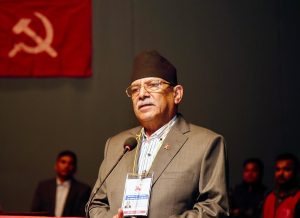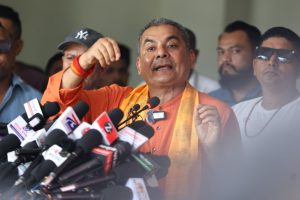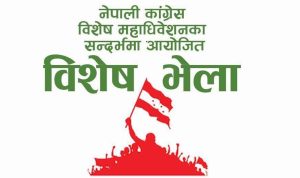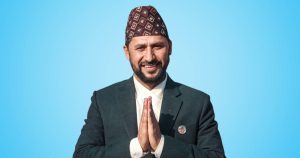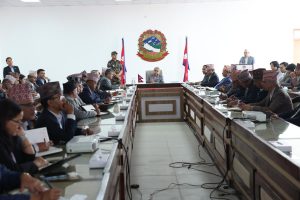Kathmandu — Nepal’s Supreme Court has found itself under public scrutiny after both its Chief Justice and senior-most Justice left the country at the same time. Their simultaneous absence has sparked debate over whether the move complies with the constitutional framework governing the judiciary.
Chief Justice Prakashman Singh Raut and senior-most Justice Sapana Pradhan Malla are currently visiting Bangladesh on an official trip. Legal experts say the situation has created a temporary leadership gap at the nation’s highest court.
Constitutional Questions Over Their Absence
Under Article 129(6) of Nepal’s Constitution, when the Chief Justice is unavailable, the senior-most Justice automatically serves as Acting Chief Justice. With both officials abroad, however, observers say the provision has been tested in ways the framers may never have anticipated.
Former Justice Balaram KC noted that the Constitution makes no allowance for anyone other than the senior-most Justice to take charge. “The Constitution clearly states that if the Chief Justice is absent, the senior-most Justice acts in that capacity. But with both of them outside the country, the Supreme Court has entered a kind of leadership void,” he said.
Chief Justice Raut and Justice Malla left for Bangladesh on Saturday at the invitation of Bangladesh’s Chief Justice Dr. Syed Refat Ahmed and are scheduled to return on Tuesday. During their absence, the third senior-most Justice Kumar Regmi was appointed Acting Chief Justice.
Regmi, however, departed for an event in Lhasa, China, on Monday, prompting Justice Hariprasad Phuyal to assume the role instead. Former Justice KC likened the situation to the country’s executive model.
“When the President travels abroad, the Vice President automatically takes over. The same principle of continuity applies here. Both top justices shouldn’t have left at once—one of them should have stayed,” he said.
Court’s Response and Broader Concerns
Supreme Court spokesperson and Joint Registrar Arjun Prasad Koirala said the appointments have been made fully in line with constitutional rules. “When the Chief Justice is away, the senior-most Justice acts as Chief Justice.
If the senior-most is also absent, the next in line by seniority assumes the role. This follows the Constitution exactly,” he explained. Even so, constitutional scholars believe the episode highlights the need for clearer protocols to ensure judicial continuity and strengthen institutional accountability within Nepal’s highest court.

